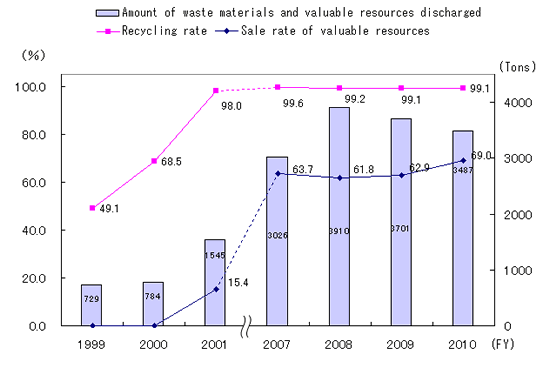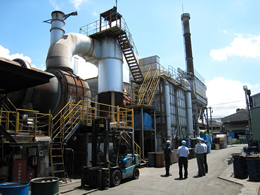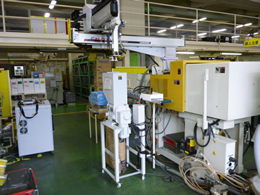Environmental Report 2011
Zero Emissions
The JAE Group effectively uses resources and promotes recycling and sales of valuable resources through the exhaustive sorting of waste, such as scrap plastic and metal.Zero Emissions Activities
After launching its zero emissions efforts in FY 2000, JAE achieved a recycling rate of 99% in FY 2004, and kept it at the 99% level thereafter.The sales rate of all valuable resources exceeded 60% in FY 2006, and it remained at 60% or higher thereafter. In FY 2008, however, some waste plastic could not be sold from November onward due to the effects of the global economic downturn. JAE is making an effort to continually improve the sales rate to alleviate this situation.
Note: The JAE Group defines zero emissions as achieving a recycling rate of 99% or higher for waste defined by local ordinances, excluding waste that is disposed of by incineration and simple landfills.
Change in Waste Treatment

(Note: Valuable resources are not included in the FY 1999 and 2000 figures.)
Efforts for Proper Disposal of Waste Materials
The JAE Group is implementing proper disposal of waste materials in accordance with Japan's Waste Disposal Law. The Group conducts compliance studies on subcontractors that handle all types of industrial waste, general waste, and valuable resources at the time of contract signing and periodically thereafter by periodically checking their licenses and performing on-site inspections.
The Group also is improving the reliability of its operations and management by regulating and strictly enforcing the use of industrial waste manifests and by launching an effort to introduce electronic manifests in FY 2010, which has gone operational in FY 2011.

Main Activities in FY 2010
Promoting the recovery of valuable waste plastics (JAE, HAE)The companies are striving to improve the sales rate through such activities as thoroughly sorting waste plastics during recovery and rectifying operational problems with recycling firms.
Reusing waste plastics (HAE)
Since FY 2007, the company has been promoting the sale of waste plastic it could not reuse in house. In FY 2010, it rectified problem points it had with recycling firms (including the introduction of grinders, sorting rules, and acquisition of storage locations), and expanded the targeted items, contributing in a major way to cutting costs thanks to the double effect of reducing the expense of waste disposal and selling waste as a valuable resource.

Recycling cleaning fluids (YAE)
To promote the recycling of cleaning fluids, the company completely separated the recovery of waste oil and waste fluids and redefined them as reusable substances, rather than waste. Following that, it reduced cleaning fluid waste to zero by getting help from firms that distill such fluids for reuse.
Reducing waste by lowering process defects (SAE)
The company is reducing waste by lowering defects and raising the targeted process defect rate each year, with the FY 2007 value as the basis. In FY 2010, it reduced the defect rate as targeted by improving quality and workability through such measures as performing exhaustive maintenance on tools, producing adequate waste reduction results. The company will continue its efforts toward eradicating defects and promoting manufacturing that is environmentally friendly.